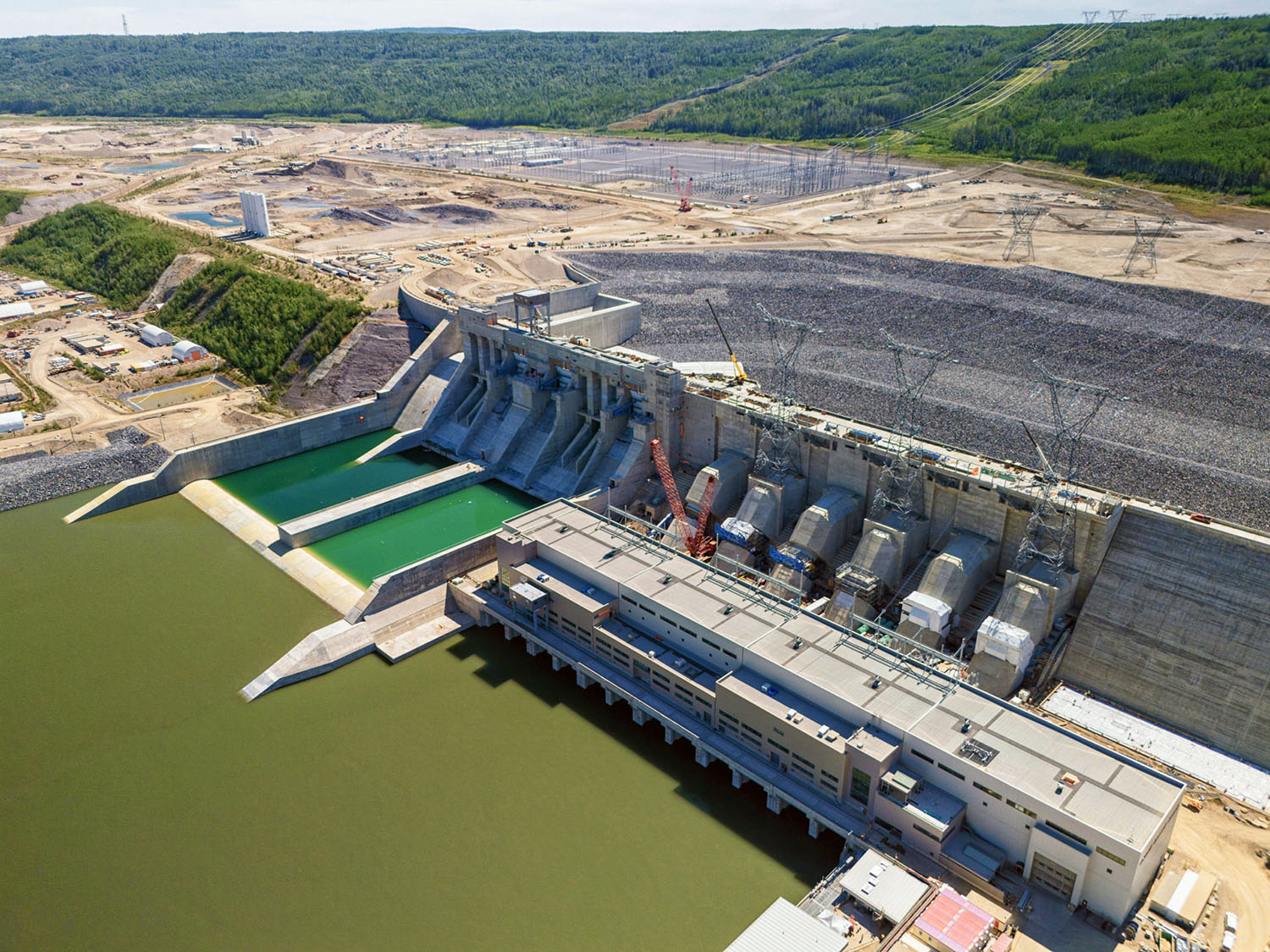
Reservoir Filling Kicks Off at Site C Project: BC Hydro Announces New Phase
BC Hydro has just reached a significant milestone in the Site C project. As of Sunday, August 25, 2024, the process of filling the Site C reservoir has officially begun. This development marks a crucial step towards the completion of the massive hydroelectric project. With the construction phase largely finished, this reservoir filling paves the way for the final integration of key components, including the generating station, spillways, turbines, and generators.
The filling of the reservoir is anticipated to be a meticulous process, taking between two to four months to reach completion. Each day, the water levels are expected to rise by 30 centimeters to three meters, gradually transforming the area into an expansive body of water. Once fully operational, the reservoir will stretch 83 kilometers in length and cover an impressive 5,500 hectares. Its total surface area will encompass approximately 9,330 hectares, marking a significant addition to the region's landscape.
Also Read:- Juventus' Challenge Continues as They Face Hellas Verona: Serie A Round 2 Preview
- Trump Sparks Debate Controversy Over Microphone Rules
As this phase progresses, BC Hydro has advised the public to exercise caution and avoid the reservoir area. This precaution is essential due to ongoing stabilization of the surrounding land and potential hazards such as floating vegetation debris. The safety of the community remains a top priority, and BC Hydro has committed to keeping the public informed. Updates regarding the status of the reservoir filling will be regularly posted on BC Hydro's official website.
For those interested in following the developments of the Site C project or learning more about its impact, BC Hydro's website will provide the latest information. Additionally, a public notification will be issued once it is deemed safe for residents to access the reservoir area.
This advancement in the Site C project represents a significant step forward in harnessing the hydroelectric potential of the region, promising to contribute substantially to the area's energy resources.
Read More:

0 Comments